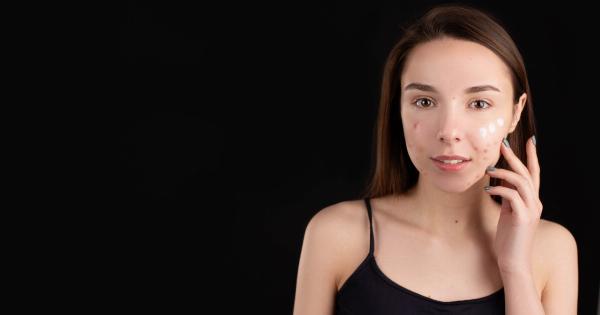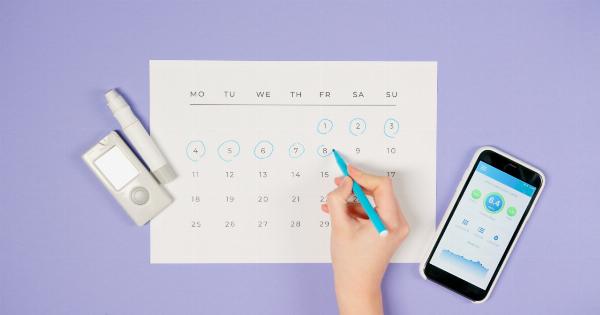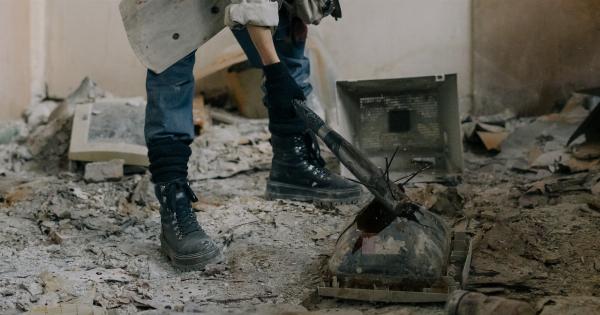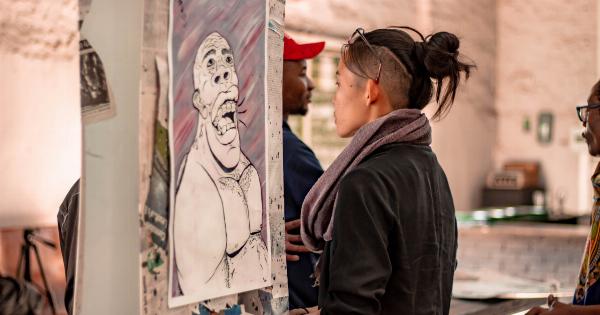Dealing with pimples can be a frustrating experience for many individuals. Whether you have occasional breakouts or chronic acne, the urge to pop or squeeze those pesky blemishes might be hard to resist.
However, it’s crucial to understand the right way to break a pimple to minimize the risk of scarring, infection, and further inflammation. In this article, we will delve into the correct methods of breaking pimples without causing harm to your skin.
1. Understand the Different Types of Pimples
Before attempting to break a pimple, it’s essential to identify the type of blemish you are dealing with. There are various types, including blackheads, whiteheads, papules, pustules, nodules, and cysts.
Each requires a different approach to ensure proper extraction without causing damage or spreading the infection.
2. Prepare Properly
Before breaking a pimple, it is crucial to prepare your skin adequately. Start by washing your face with a gentle cleanser to remove any dirt, oil, or makeup.
Then, hold a warm compress, such as a clean washcloth soaked in warm water, against the pimple for a few minutes to soften the skin and open the pores. This preparation will make the extraction process easier and less damaging to your skin.
3. Use Clean Hands or Tools
Ensure that your hands are meticulously clean before attempting to break a pimple. Wash them thoroughly with antibacterial soap or use hand sanitizer to eliminate any bacteria or germs.
Alternatively, you can use sterile extraction tools, such as comedone extractors or sterilized needles, to minimize the risk of introducing more bacteria to the area.
4. Do Not Squeeze
One of the most crucial rules when it comes to breaking pimples is to avoid squeezing them forcefully. Squeezing can lead to trauma, damage the surrounding skin, and cause the infection to spread.
Instead, gently apply pressure to the sides of the pimple using clean fingertips or extraction tools to encourage pus and debris to come out. If the pimple doesn’t easily release its contents, it’s important to leave it alone to avoid further complications.
5. Cleanse the Area
After successfully extracting the pimple’s contents, it is essential to clean the area thoroughly. Use a gentle cleanser or an antiseptic solution to eliminate any bacteria and prevent infection.
Avoid using harsh or abrasive products that may irritate the skin, further exacerbating the problem.
6. Apply Topical Treatments
Once the area is clean, apply a suitable topical treatment to help soothe the skin and reduce inflammation.
Look for products containing ingredients like benzoyl peroxide, salicylic acid, or tea tree oil, which can help prevent further breakouts and promote healing.
7. Avoid Touching or Picking
After breaking a pimple, it’s crucial to leave the area alone and avoid touching or picking at it.
Touching the area with unwashed hands or continuing to manipulate the skin can introduce more bacteria and increase the risk of infection and scarring. Allow the skin to heal naturally and avoid using heavy makeup or irritating products that may clog the pores.
8. Monitor for Complications
Keep an eye on the broken pimple for any signs of complications, such as increased redness, pain, swelling, or drainage.
If you notice any concerning symptoms, it’s best to consult a dermatologist who can provide appropriate treatment and guidance.
9. Consider Professional Extraction
If you struggle with recurrent or severe acne, it may be worthwhile to consult a skincare professional or dermatologist for proper extraction techniques.
They can perform extractions safely and effectively, minimizing the risk of scarring and infection.
10. Adopt a Proper Skincare Routine
Prevention is key when it comes to managing acne breakouts. Adopting a proper skincare routine tailored to your skin type can help prevent future pimples from forming.
Cleanse your face twice daily, exfoliate gently, use non-comedogenic moisturizers, and incorporate acne-targeted treatments into your routine.




























